There have been an alarming number of salmonella cases linked to contaminated cantaloupe this November. The
FDA first announced the outbreak on November 17, and reported illnesses have since swelled to 99, including two deaths and at least 45 hospitalizations across 32 states. The CDC published a map showing the states that have had infections.
While the original FDA announcement recalled cantaloupes under the name “Malichita,” the list of recalled fruit has since grown. Consumers should avoid whole cantaloupes with the labels “Rudy,” “4050,” and “Product of Mexico/produit du Mexique.”
Additionally, cut cantaloupe and products containing whole recalled cantaloupes should be avoided, including brands like Aldi, Vineyard, and Freshness Guaranteed. You can check the full FDA list of recalled products on the FDA’s website.
If you’re not sure whether your cantaloupe has been recalled, the FDA recommends you don’t eat it and throw it away. You’ll also want to sanitize surfaces and containers that might have come into contact with recalled cantaloupe and follow the FDA’s cleaning advice.
Salmonella symptoms usually start within 12 to 72 hours of consumption and can include diarrhea, abdominal cramps, and fever. People with compromised immune systems, like young children and the elderly, are more susceptible to developing severe infection from salmonella. If you think you have salmonella symptoms from eating recalled cantaloupe, the FDA says to contact your healthcare provider.
The FDA’s investigation is ongoing, and you can follow updates here.



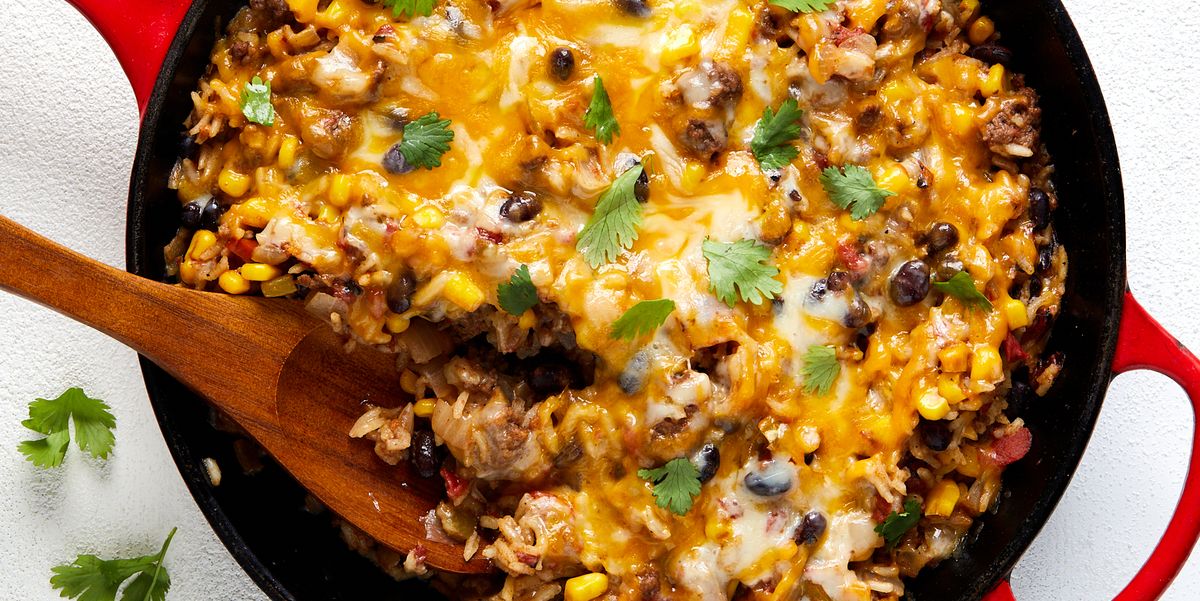
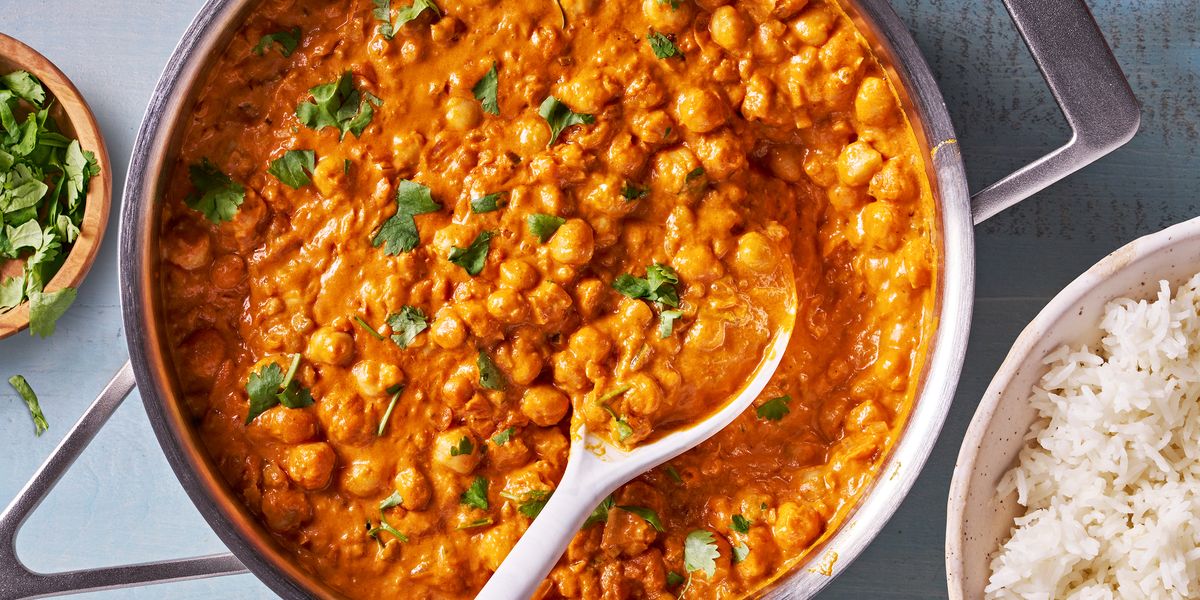





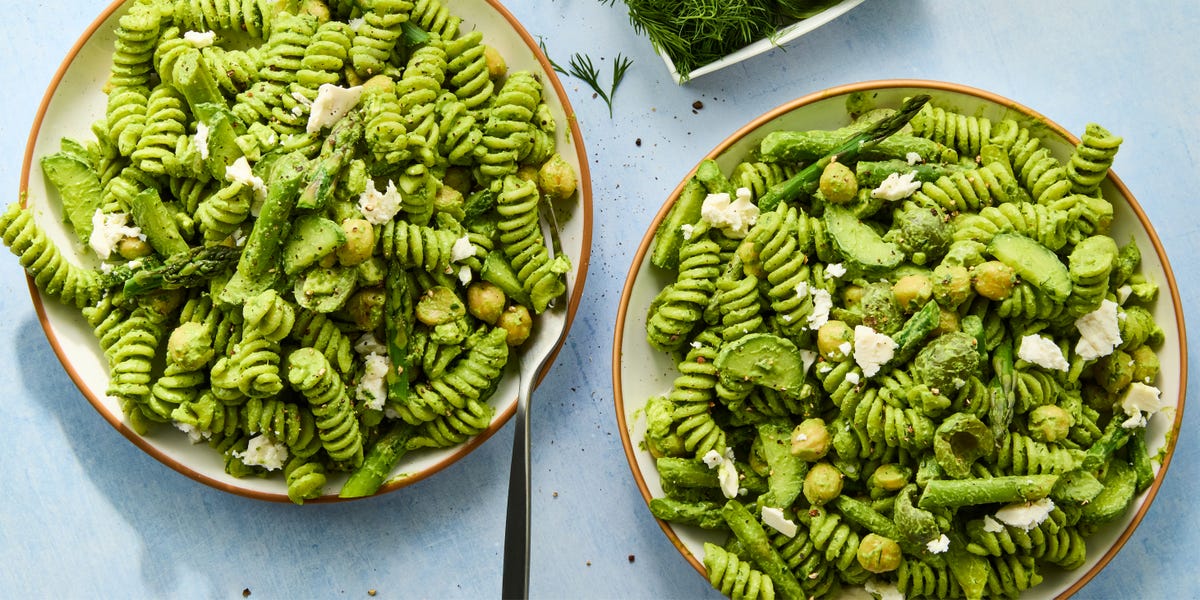




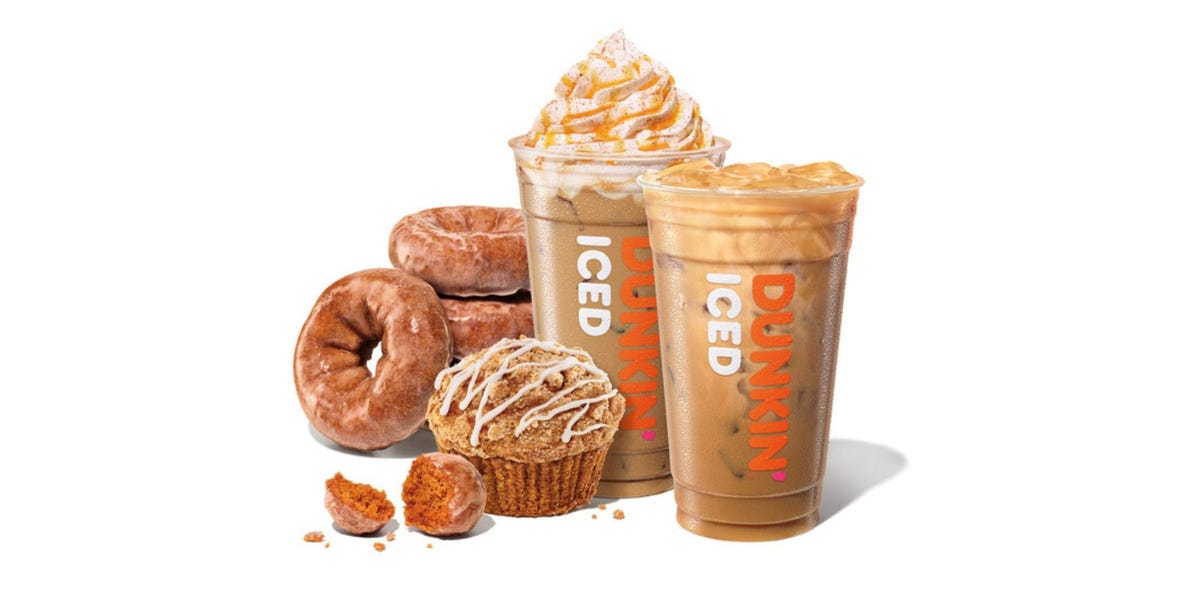

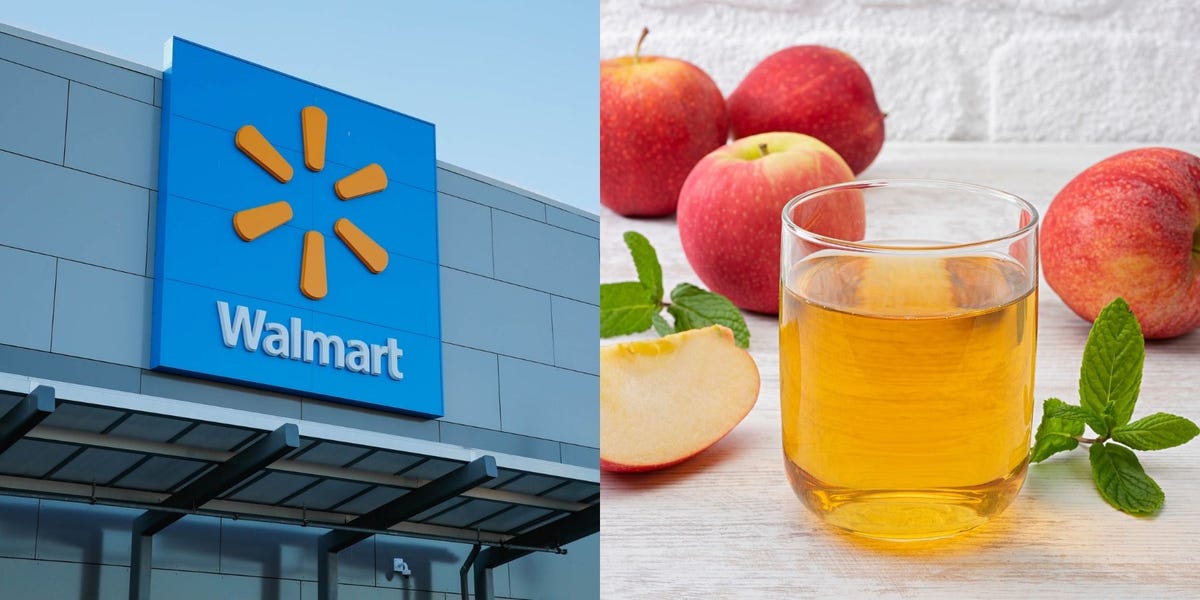

Leave a Reply